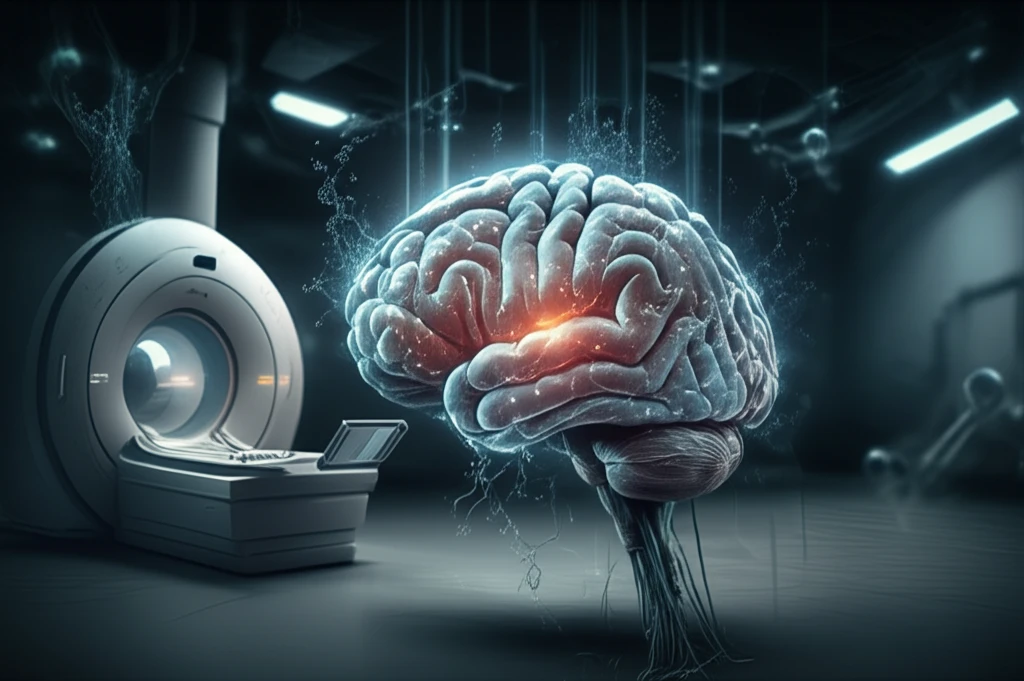
Decoding Cancer: How Sodium MRI Scans Could Revolutionize Glioblastoma Treatment
"New research unveils how sodium MRI scans offer a real-time look into tumor behavior, paving the way for more personalized and effective cancer treatments."
Glioblastoma, a particularly aggressive form of brain cancer, remains a formidable challenge in modern medicine. Despite decades of research and a combination of surgery, radiation, and chemotherapy, long-term survival rates remain dishearteningly low. The complexity and variability of these tumors necessitate innovative approaches to treatment and monitoring.
Traditional methods of assessing tumor response often fall short, leading researchers to explore more precise and biologically relevant measures. Recent studies highlight the potential of sodium magnetic resonance imaging (MRI) as a groundbreaking tool in understanding how glioblastomas react to therapy in real time.
This advanced imaging technique offers a window into the tumor's microenvironment, providing critical data on cell volume fraction and overall tumor viability. By using sodium MRI, medical professionals may soon be able to tailor treatments to the unique characteristics of each patient's tumor, potentially improving outcomes and extending survival.
Sodium MRI: A New Perspective on Tumor Dynamics

Sodium MRI is emerging as a powerful method for quantitatively assessing changes within brain tumors. Unlike conventional imaging techniques, sodium MRI focuses on the concentration of sodium ions within the tissue, which is closely linked to cellular health and viability. This approach allows for a more direct evaluation of how tumors respond to treatments such as chemoradiation.
- Real-Time Monitoring: Sodium MRI provides near real-time feedback on tumor response during chemoradiation.
- Personalized Treatment: Allows for tailoring treatment based on individual tumor behavior.
- Quantifiable Data: Offers objective measurements of tumor volume, cell viability, and treatment effectiveness.
- Early Intervention: Helps identify ineffective treatments early, enabling a switch to alternative strategies.
The Future of Glioblastoma Treatment
Sodium MRI holds significant promise for transforming the way glioblastoma is treated. By providing a more detailed and dynamic picture of tumor behavior, this technology enables clinicians to make more informed decisions about treatment strategies. As research continues and the technology becomes more accessible, sodium MRI may pave the way for more effective and personalized approaches to combating this challenging disease. The ability to quickly assess and adjust treatments based on real-time tumor response could ultimately lead to improved survival rates and a better quality of life for patients battling glioblastoma.
